Addressing TCE Discovery Challenges with Expert Insights T-cell engagers (TCEs) are revolutionizing cancer immunotherapy, but their discovery remains compl | Ebooks
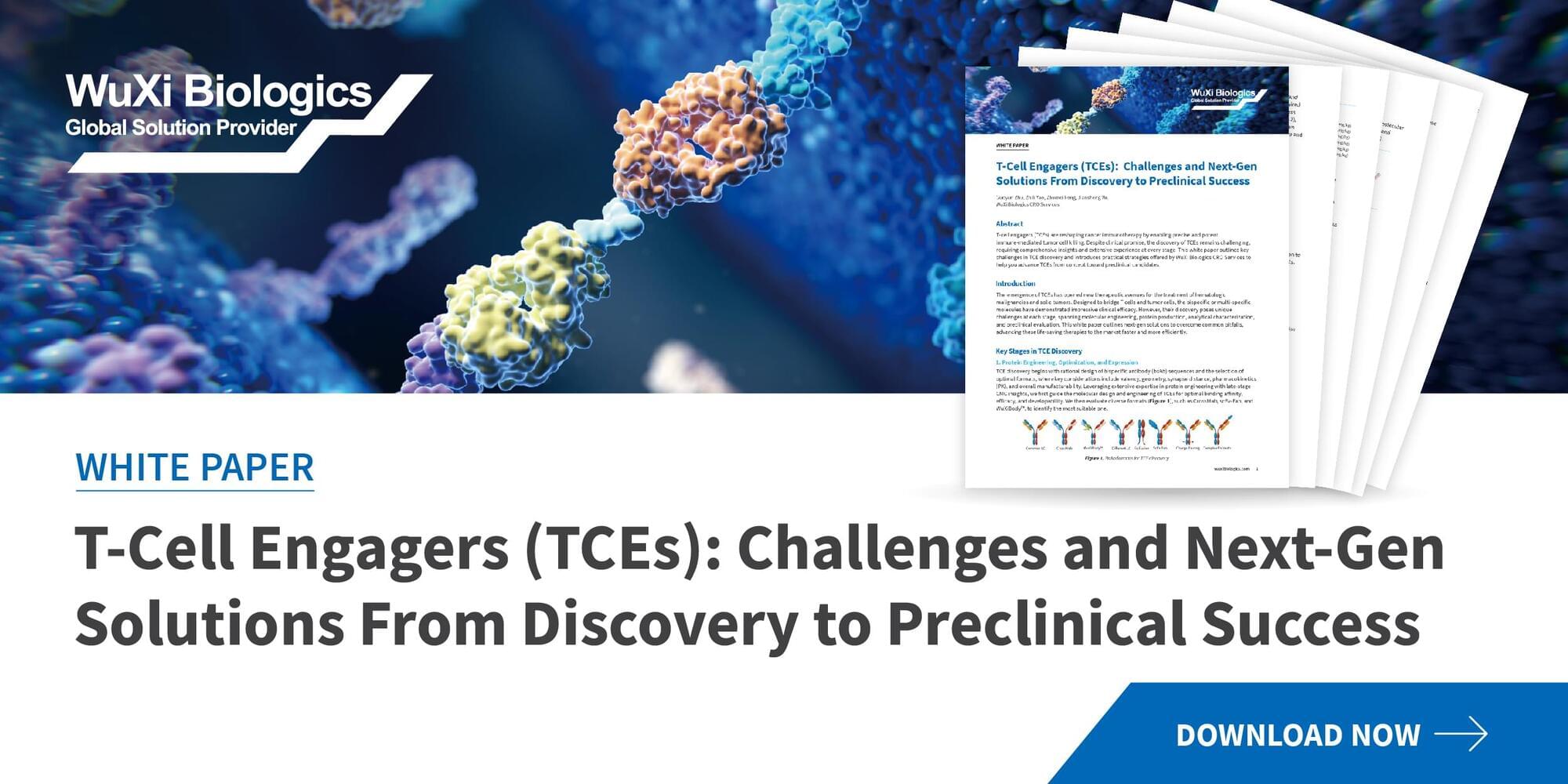

Virtual cells could make it faster and easier to discover new drugs. They could also give insight into how cancer cells evade the immune system, or how an individual patient might respond to a given therapy. They might even help basic scientists come up with hypotheses about how cells work that can steer them toward what experiments to do with real cells. “The overall goal here,” Quake says, “is to try to turn cell biology from a field that’s 90% experimental and 10% computational to the other way around.”
Some scientists question how useful predictions made by AI will be, if the AI can’t provide an explanation for them. “The AI models, normally, are a black box,” says Erick Armingol, a systems biologist and post-doctoral researcher at the Wellcome Sanger Institute in the U.K. In other words, they give you an answer, but they can’t tell you why they gave you that answer.
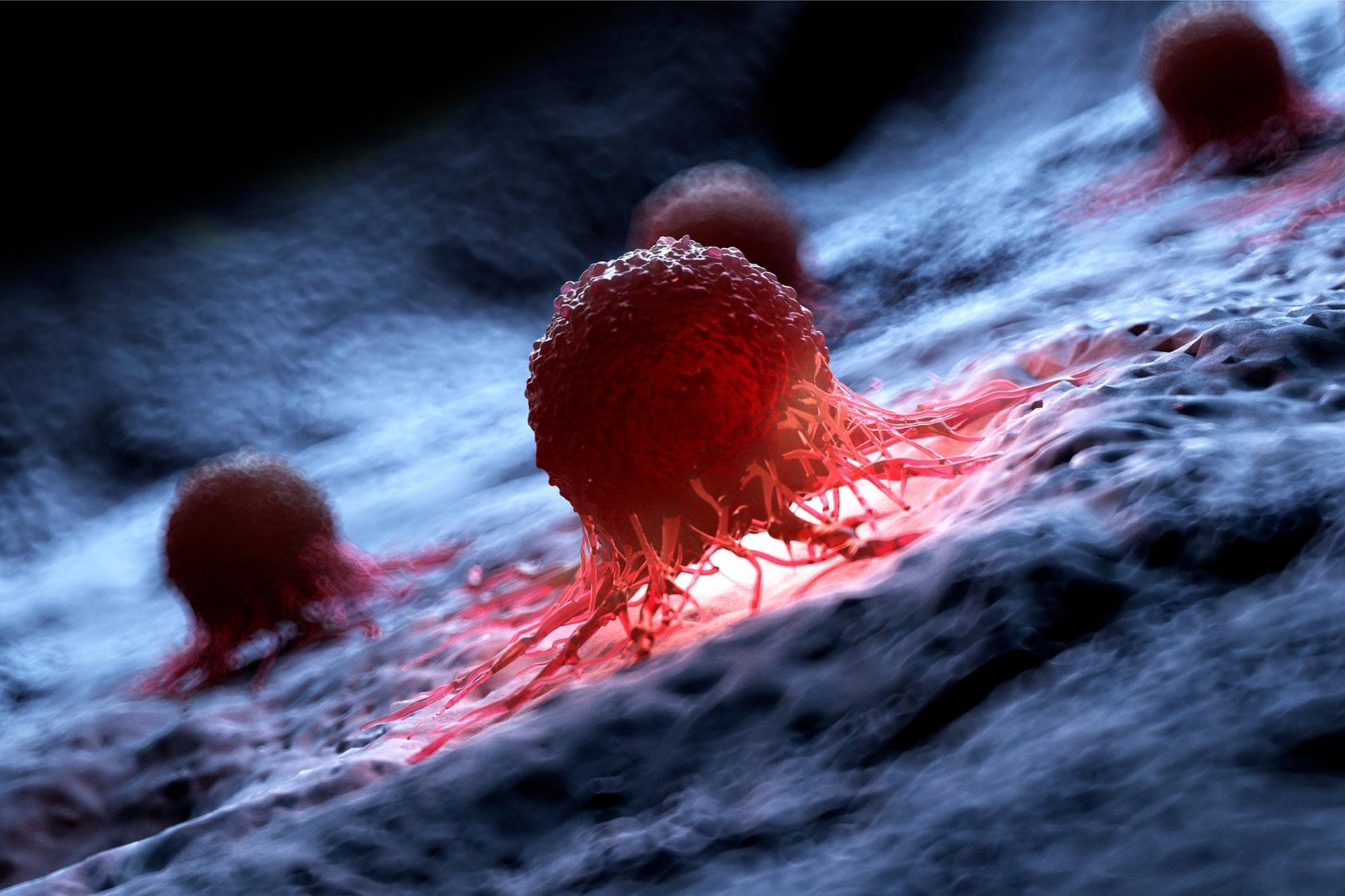
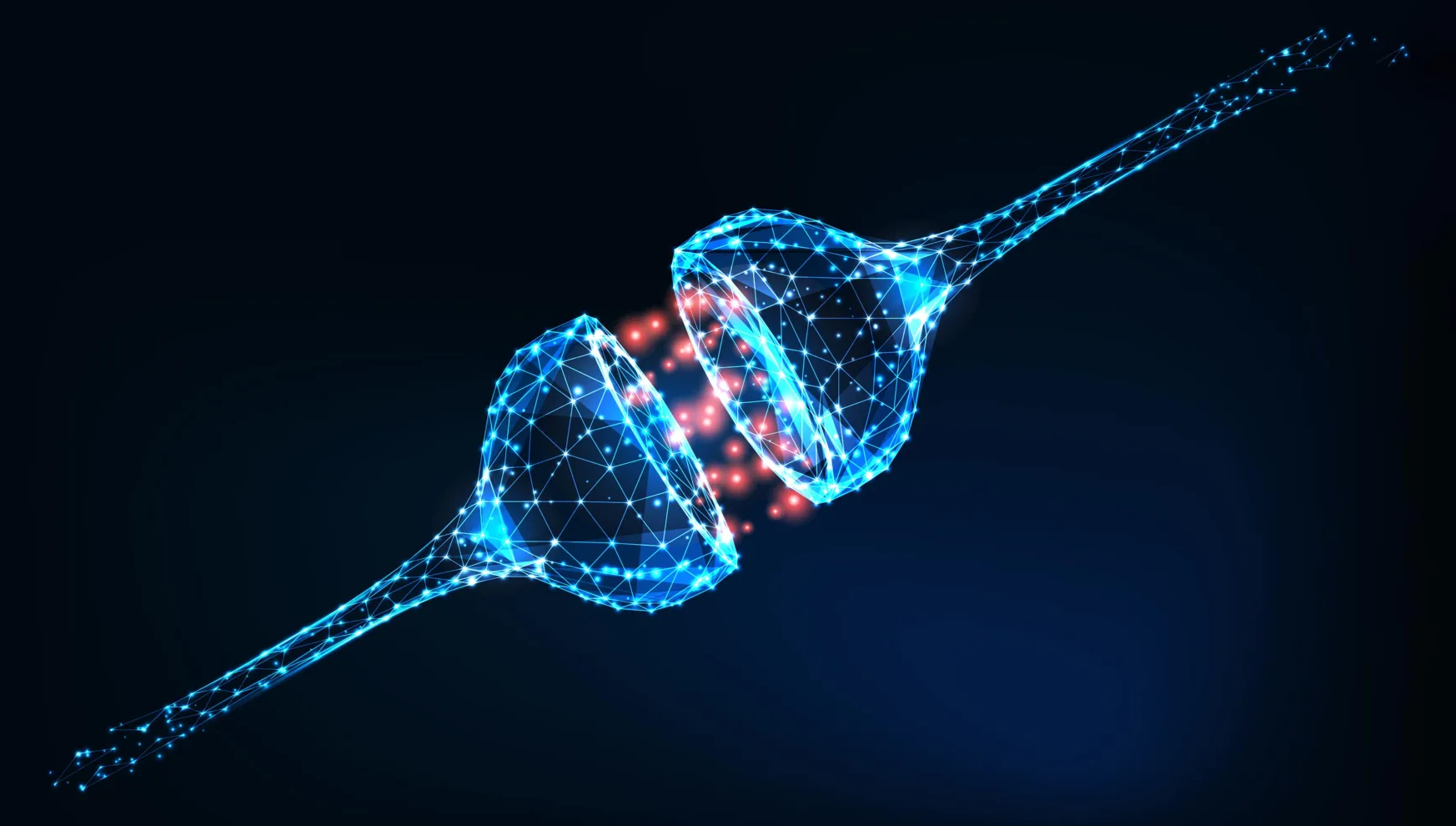
There are a wide range of applications for Fu and Yao’s new neuron, from redesigning computers along bio-inspired, and far more efficient principles, to electronic devices that could speak to our bodies directly.
“We currently have all kinds of wearable electronic sensing systems,” says Yao, “but they are comparatively clunky and inefficient. Every time they sense a signal from our body, they have to electrically amplify it so that a computer can analyze it. That intermediate step of amplification increases both power consumption and the circuit’s complexity, but sensors built with our low-voltage neurons could do without any amplification at all.”
The secret ingredient in the team’s new low-powered neuron is a protein nanowire synthesized from the remarkable bacteria Geobacter sulfurreducens, which also has the superpower of producing electricity. Yao, along with various colleagues, have used the bacteria’s protein nanowires to design a whole host of extraordinary efficient devices: a biofilm, powered by sweat, that can power personal electronics; an “electronic nose” that can sniff out disease; and a device, which can be built of nearly anything, that can harvest electricity from thin air itself.

“Cannabis is widely used, but its long-term effects on health remain poorly characterized,” said Sandra Sanchez-Roige, Ph.D., associate professor of psychiatry at UC San Diego School of Medicine and senior author of the study. The researchers were also interested in the relationship between genetics and traits that contribute to the development of cannabis use disorder, which can interfere with a person’s daily life.
“While most people who try cannabis do not go on to develop cannabis use disorder, some studies estimate that nearly 30% will,” said Sanchez-Roige. “Understanding the genetics of early-stage behaviors may help clarify who is at greater risk, opening the door to prevention and intervention strategies.”
The research team conducted a genome-wide association study (GWAS) analyzing relationships between cannabis use and genetic data provided by 131,895 23andMe research participants. They answered survey questions about whether or not they had ever used cannabis, and those who answered yes were also asked how frequently they used the drug.
“We’ve known for decades that genetic factors influence whether or not people will try drugs, how frequently they use those drugs, and the risk that they will become addicted to them,” said Abraham A. Palmer, Ph.D., professor and vice chair for basic research in the department of psychiatry at UC San Diego School of Medicine and co-author of the study. “Genetic tools like GWAS help us identify the molecular systems that connect cannabis use to brain function and behavior.”
“ — —
New research has found genetic associations between cannabis use and psychiatric, cognitive, and physical health. The findings could inform prevention and treatment strategies for cannabis use disorders.
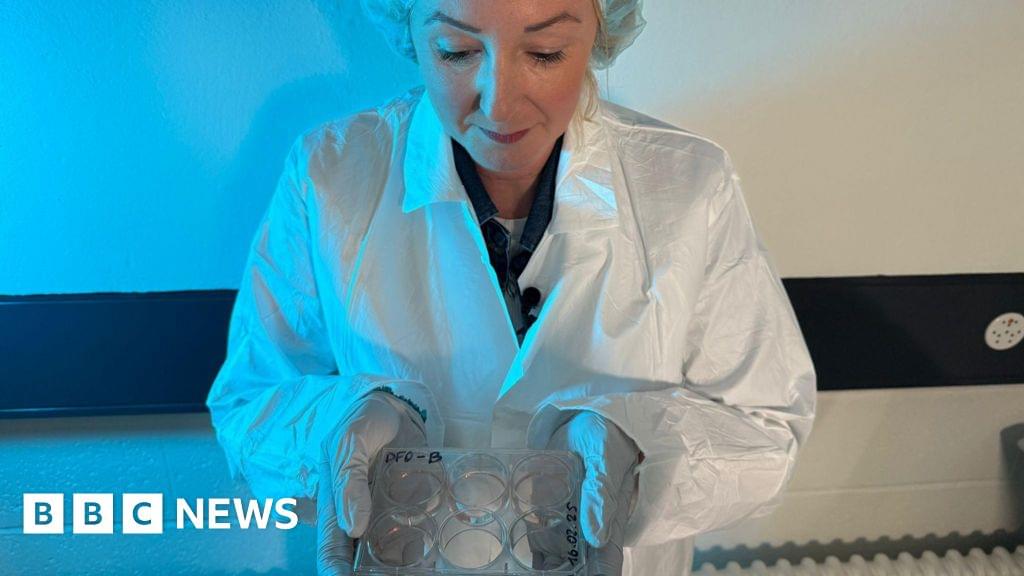
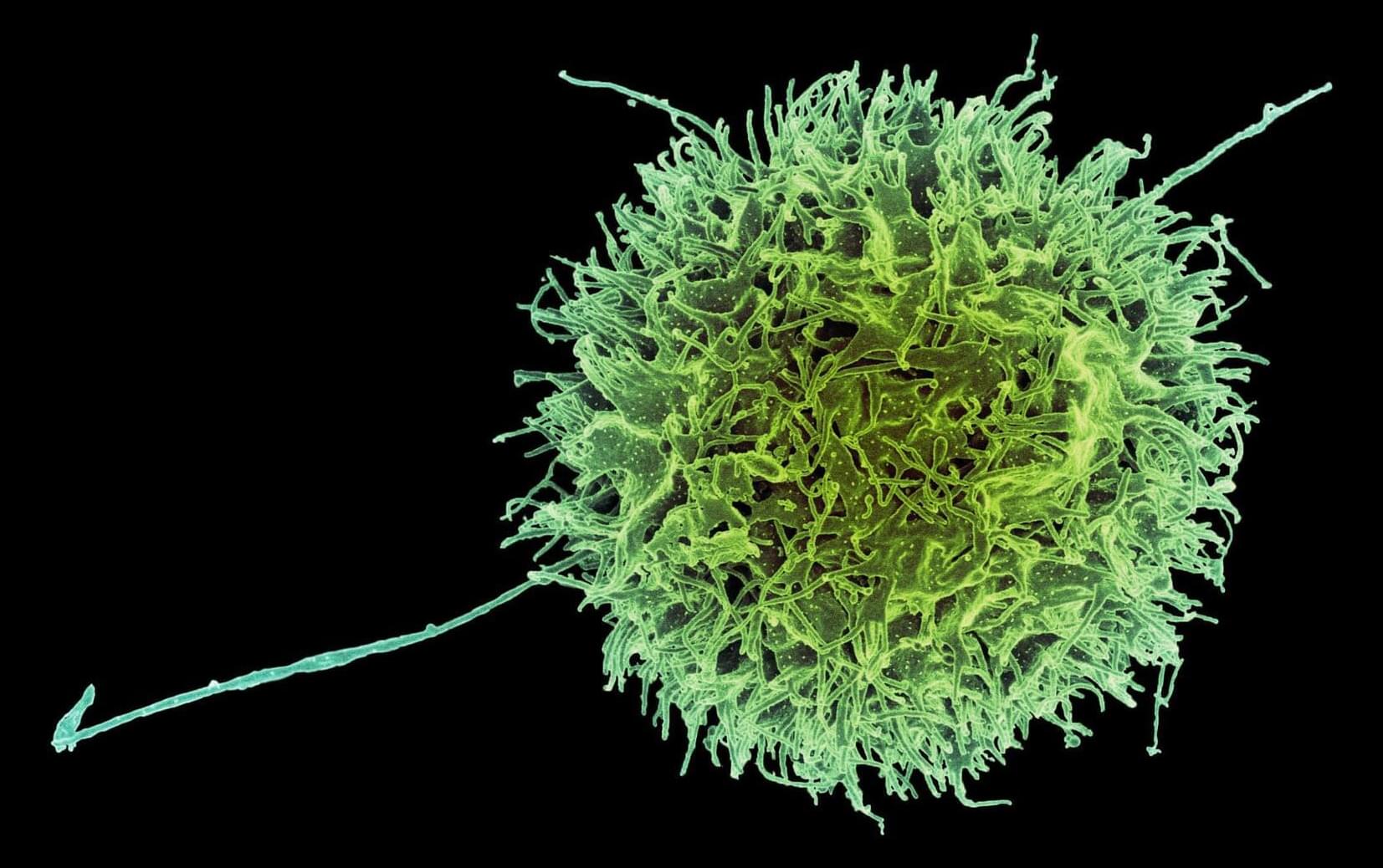
The researchers tested these CAR-NK cells in mice with a human-like immune system. These mice were also injected with lymphoma cells.
Mice that received CAR-NK cells with the new construct maintained the NK cell population for at least three weeks, and the NK cells were able to nearly eliminate cancer in those mice. In mice that received either NK cells with no genetic modifications or NK cells with only the CAR gene, the host immune cells attacked the donor NK cells. In these mice, the NK cells died out within two weeks, and the cancer spread unchecked.
The researchers also found that these engineered CAR-NK cells were much less likely to induce cytokine release syndrome — a common side effect of immunotherapy treatments, which can cause life-threatening complications.
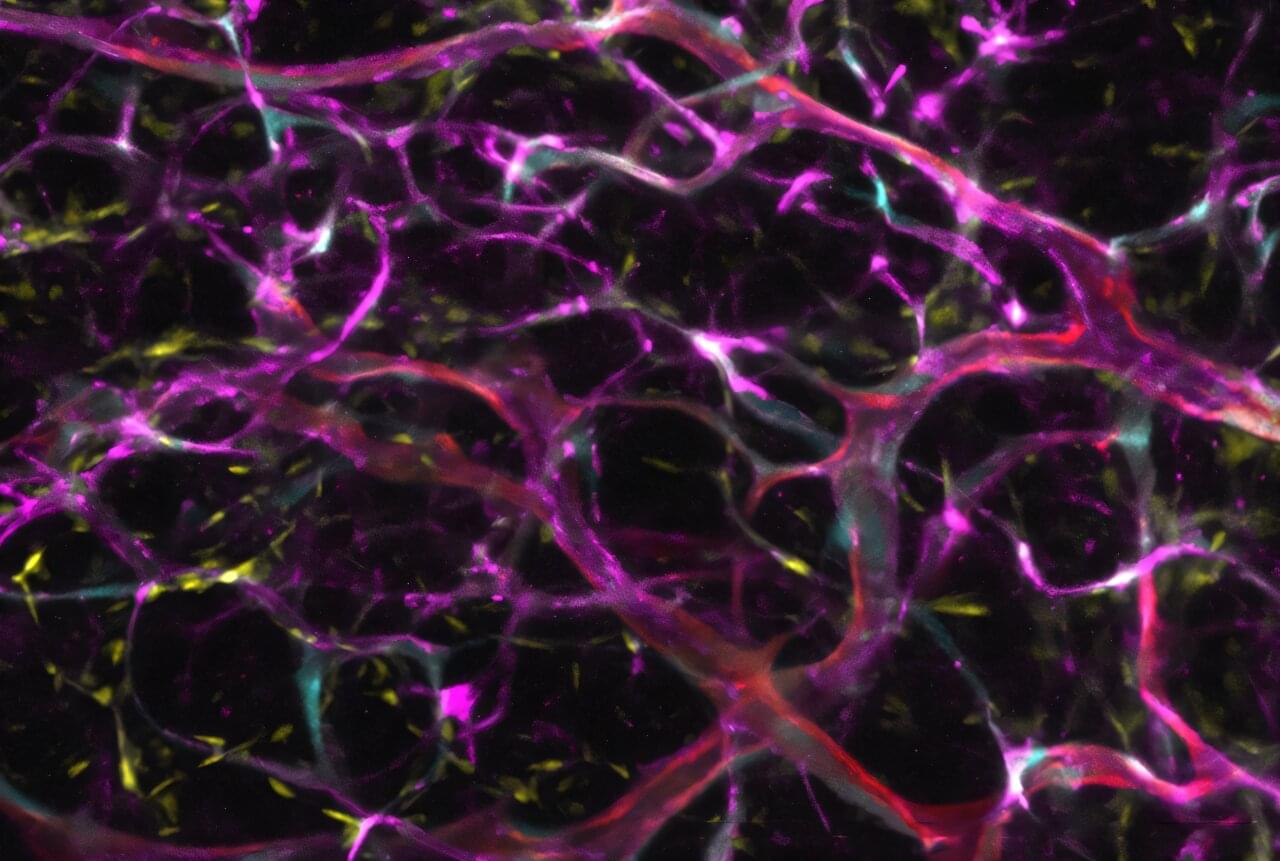
Scientists have discovered a method to induce human endothelial cells from a small biopsy sample to multiply in the laboratory, producing more than enough cells to replace damaged blood vessels or nourish organs for transplantation, according to a preclinical study by Weill Cornell Medicine investigators.
Endothelial cells form the inner lining of blood vessels and regulate blood flow, inflammation and healing. Traditional approaches for growing these cells in the lab have yielded only limited numbers before they lose their ability to function. The new method involves treating adult endothelial cells with a small molecule that triggers the hibernating cells to wake up and divide hundreds of times without signs of aging, mutation or loss of function.
The findings, published Oct. 14 in Nature Cardiovascular Research, may provide a reliable way to generate an enormous number of a patient’s own endothelial cells, enabling vascular grafts for heart disease, diabetes treatments and organ transplants and strategies to target abnormal tumor blood vessels.
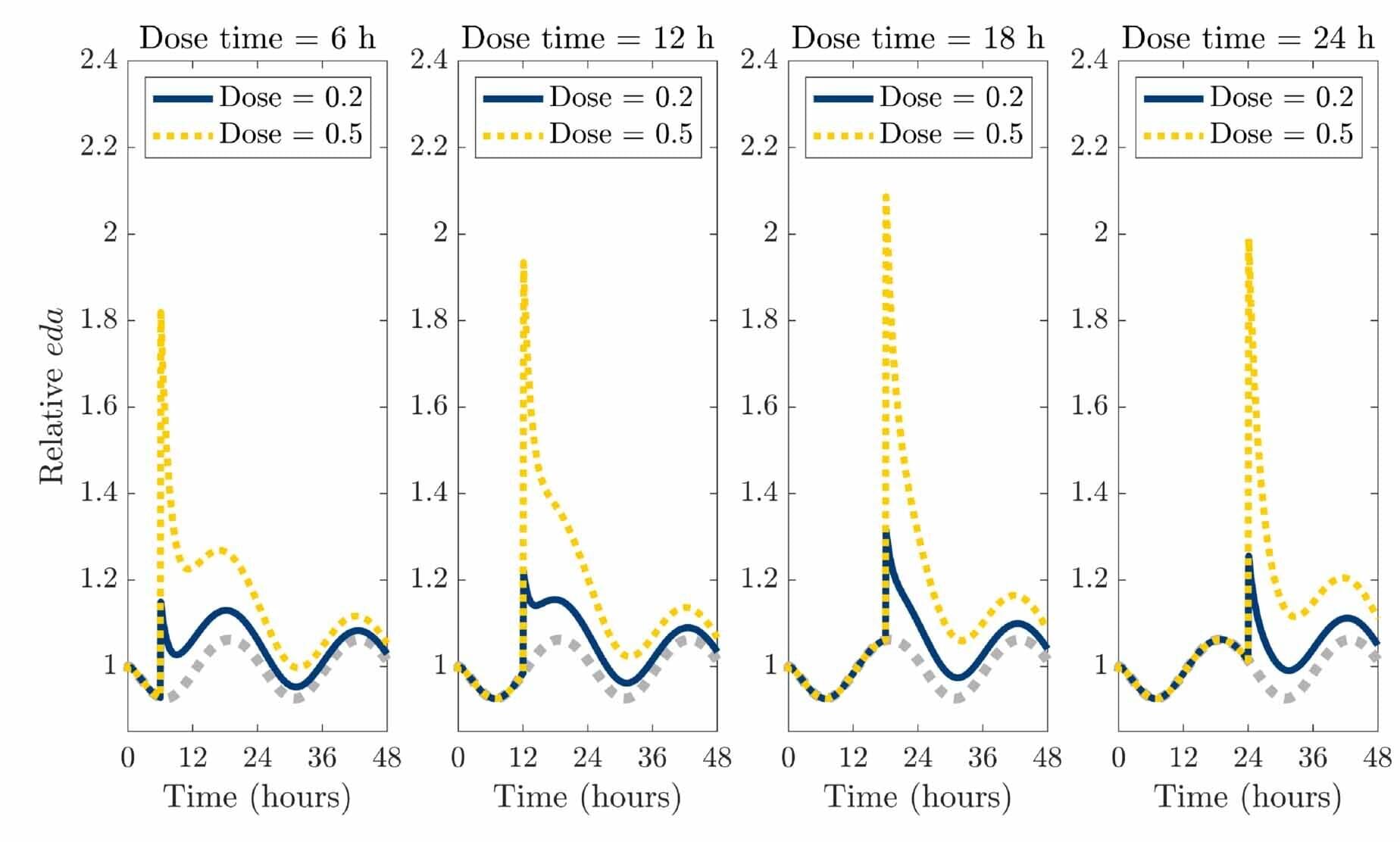
Researchers at the University of Michigan have developed a mathematical model that reveals how our circadian rhythms can have dramatic impacts on how our bodies interact with medicines.
This could help doctors prescribe medicines to have the best intended effect by syncing the dosing up with the natural clocks of their patients.
“These findings provide a mechanistic basis for chronotherapeutics—optimizing drug efficacy by considering circadian timing,” said the new study’s author Tianyong Yao, an undergraduate researcher in the U-M Department of Mathematics. “This could improve treatment for conditions such as ADHD, depression and fatigue.”

Medical drugs are expensive to make and can have an adverse effect on the environment. Researchers Stefano Cucurachi and Justin Lian have developed a framework to help the health care system assess the economic and environmental sustainability of medical compounds. The research is published in the Proceedings of the National Academy of Sciences.
With a growing and aging population, and more people living with chronic disease, health care costs are rising and the pharmaceutical industry is expanding fast. Patients and health care professionals are also beginning to wonder about the environmental impact of medicines. But information on this is lacking.
“Some sources claim 10% of all pharmaceuticals have an environmental risk, but only the smallest fraction has ever been assessed,” says Cucurachi, Associate Professor of industrial ecology.